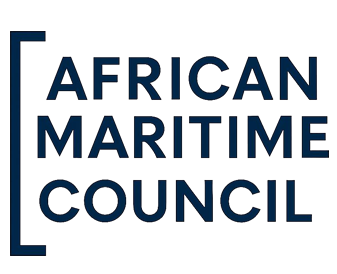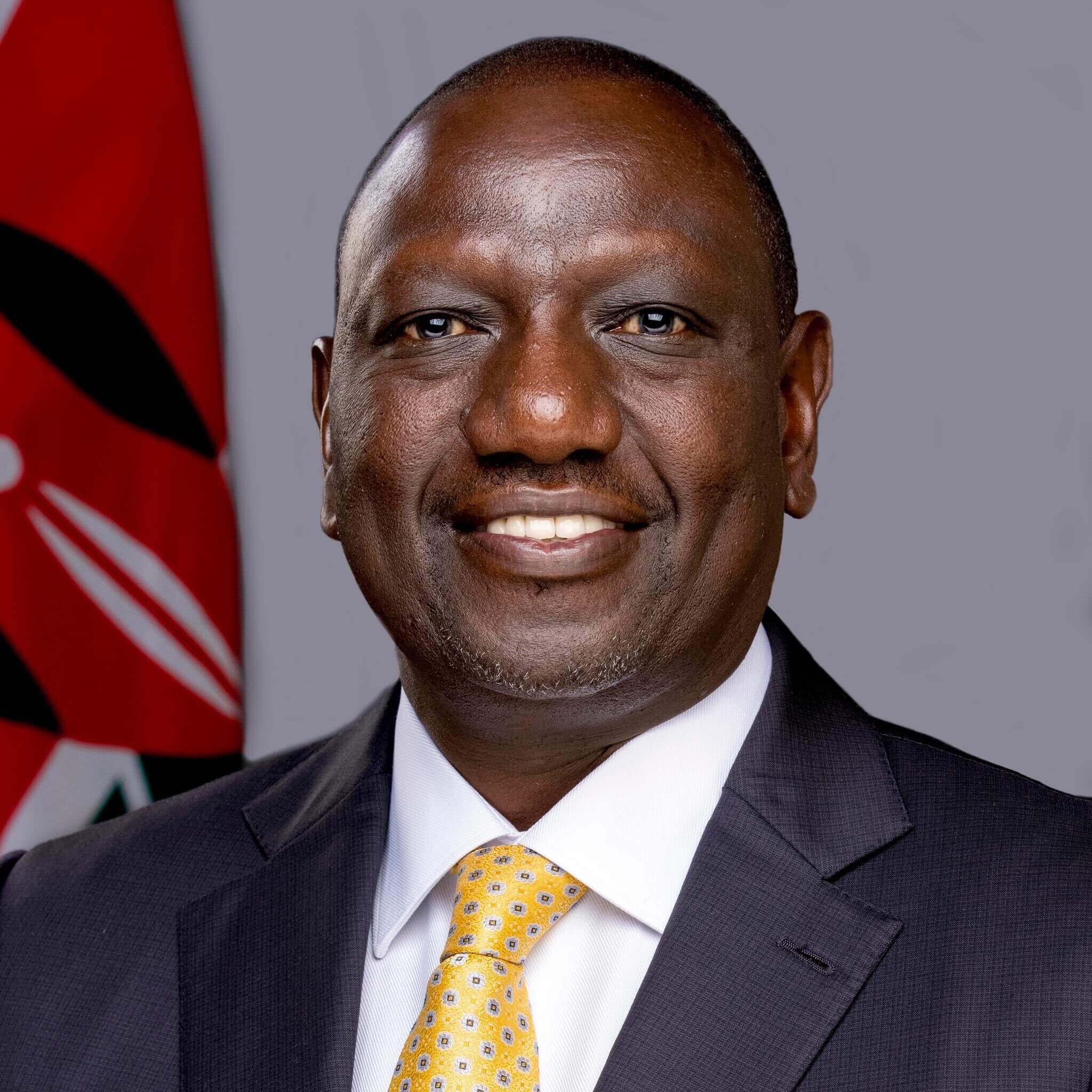President William Ruto introduced new initiatives to improve operations at the Port of Mombasa and fully optimise Kenya’s maritime transport sector.
At a stakeholder forum held over the weekend at the port, he instructed key partner government agencies, such as the Kenya Bureau of Standards, Kenya Revenue Authority, and National Transport and Safety Authority, to operate 24/7 to support efficient cargo clearance.
He also urged private sector actors, especially financial institutions involved in the logistics chain, to offer round-the-clock services to ensure uninterrupted customer support.
On the national digitalisation drive, he called on all agencies to integrate their systems into the E-Citizen platform within 90 days.
He highlighted that the port currently relies on too many fragmented digital systems and emphasised the need to harmonise them to eliminate silos and increase overall efficiency.
Stakeholders raised concerns about non-tariff barriers along the northern corridor, including multiple weighbridges, county-level cess charges on transporters, and safety risks along the route.
In response, the government will now limit cargo weighing for transit-bound goods to two checkpoints—at the port or Mariakani and at the Malaba border.
To support international trade and enable vessels to access bunkering services at Kenyan ports, the president directed the Kenya Ports Authority and Kenya Revenue Authority to collaborate on measures that prevent customs duty leakages while ensuring consistent fuel supply.
Earlier in May, three Cabinet Secretaries—Kipchumba Murkomen (Roads and Transport), Moses Kuria (Investment, Trade, and Industry), and Salim Mvurya (Mining, Maritime, and Blue Economy)—formed an Intergovernmental Steering Committee on Ease of Doing Business to tackle inefficiencies at port facilities caused by agency overlap, poor coordination, and regulatory bottlenecks.
source:www.kpa.co.ke

